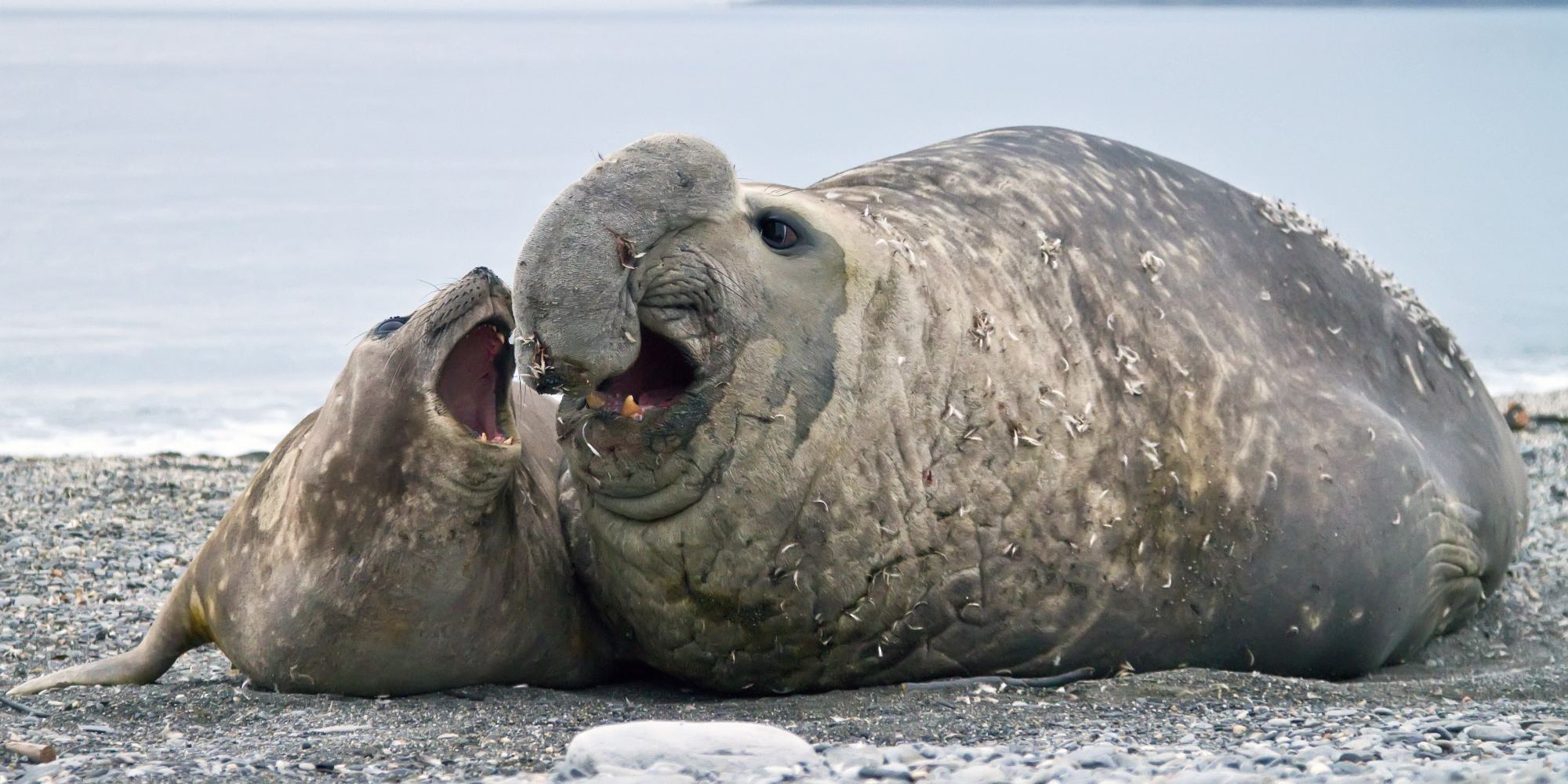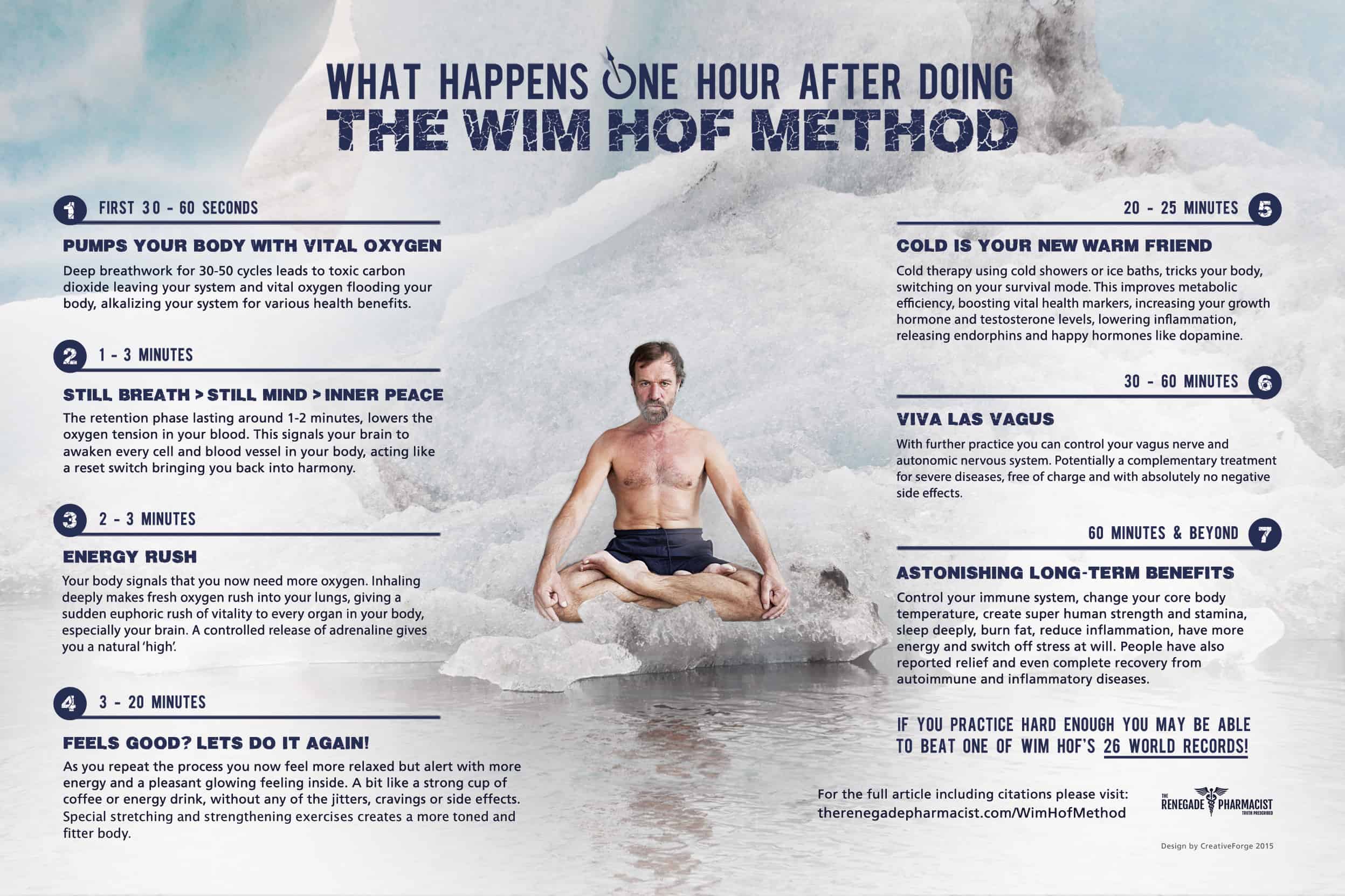Home › Forum Online Discussion › General › 'Darwin in a test tube': Trio wins Nobel for harnessing evolution (article)
- This topic has 1 reply, 1 voice, and was last updated 6 years, 1 month ago by
c_howdy.
-
AuthorPosts
-
October 3, 2018 at 6:10 pm #53303
c_howdy
ParticipantOctober 3, 2018
https://phys.org/news/2018-10-trio-nobel-chemistry-prize-evolution.html
…life on Earth exists because over the past 3.7 billion years organisms have adapted to their environment, with evolution solving complex chemical problems: fish can for example swim in polar oceans because they have antifreeze proteins in their blood…they have been able to make evolution many 1000s of times faster and redirect it to create new proteins…
 October 5, 2018 at 12:44 pm #53337
October 5, 2018 at 12:44 pm #53337c_howdy
ParticipantThe Antarctic (US English /æntˈɑːrktɪk/, UK English /ænˈtɑːrktɪk/ or /æntˈɑːrtɪk/ and /ænˈtɑːrtɪk/ or /ænˈɑːrtɪk/) is a polar region around the Earth’s South Pole, opposite the Arctic region around the North Pole. The Antarctic comprises the continent of Antarctica and the island territories located on the Antarctic Plate. The Antarctic region include the ice shelves, waters, and island territories in the Southern Ocean situated south of the Antarctic Convergence, a zone approximately 32 to 48 km (20 to 30 mi) wide varying in latitude seasonally. The region covers some 20 percent of the Southern Hemisphere, of which 5.5 percent (14 million km2) is the surface area of the Antarctic continent itself. All of the land and ice shelves south of 60°S latitude are administered under the Antarctic Treaty System. Biogeographically, the Antarctic ecozone is one of eight ecozones of the Earth’s land surface.
-https://en.wikipedia.org/wiki/Antarctic-



-https://en.wikipedia.org/wiki/Antifreeze_protein-
Antifreeze proteins (AFPs) or ice structuring proteins (ISPs) refer to a class of polypeptides produced by certain vertebrates, plants, fungi and bacteria that permit their survival in subzero environments. AFPs bind to small ice crystals to inhibit growth and recrystallization of ice that would otherwise be fatal. There is also increasing evidence that AFPs interact with mammalian cell membranes to protect them from cold damage. This work suggests the involvement of AFPs in cold acclimatization.
-
AuthorPosts
- You must be logged in to reply to this topic.